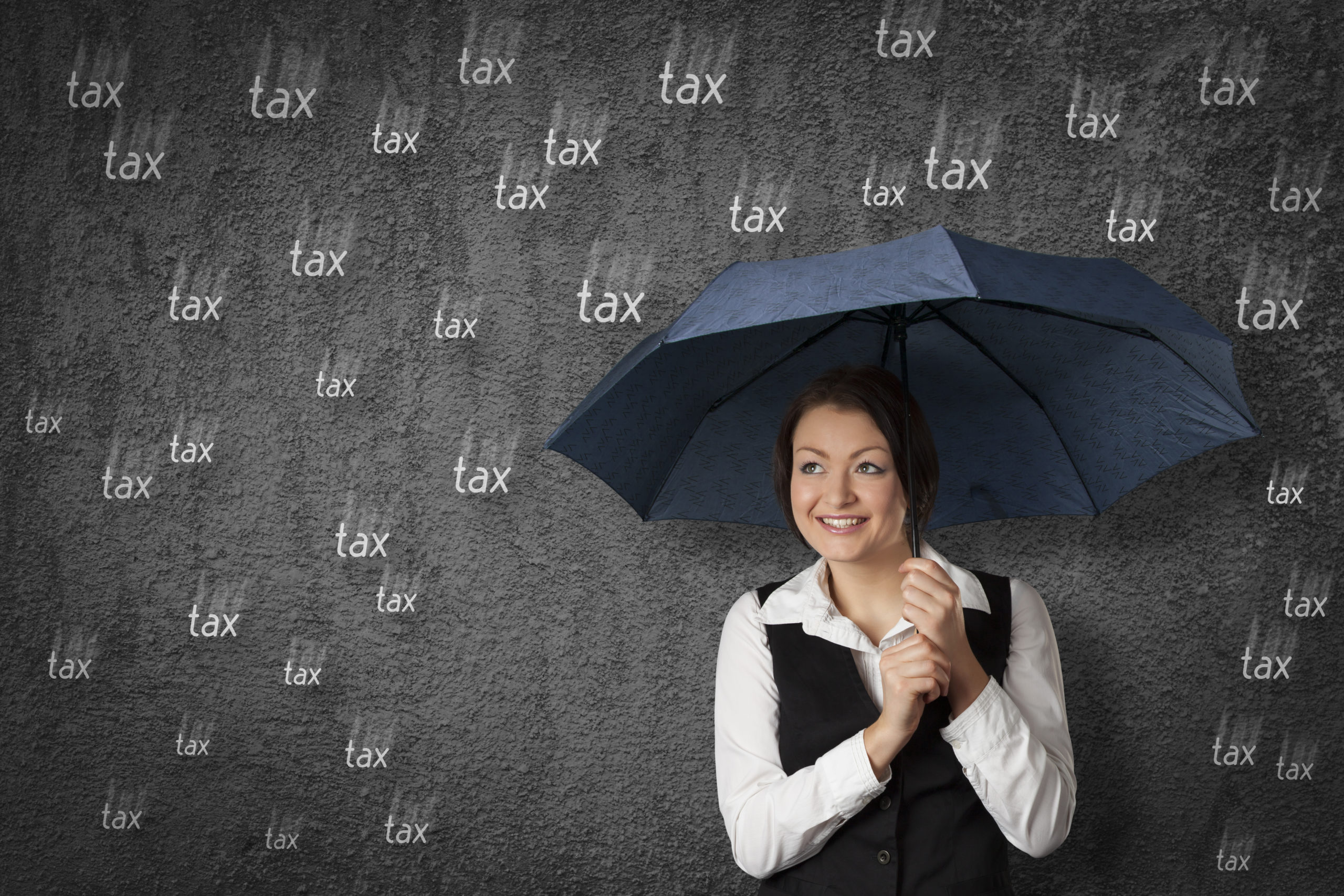The Chancellor’s budget announcement that personal allowances and the threshold for the higher rate tax band will be frozen until April 2028, will see thousands more individuals paying higher levels of tax as a result. It is estimated that the move will see more than 200,000 (two-hundred-thousand) individuals moving into the higher rate tax band alone. Rising salaries and static thresholds will also push more people into taxable income, where currently their salary levels keep them within the personal allowance.
The effective impact of the move will produce a higher overall tax burden, increasing the UK government’s tax take. Set against a background of a rising cost of living, it will also create real terms cuts in income for those affected.
Changes impact savings too
As well as reducing the take home pay for thousands of workers, the freezing of the higher rate threshold will also see their investment allowances cut in half.
Basic rate tax payers can earn up to £1,000 in interest from savings before paying any tax, which if you consider the current rates available would mean someone with an easy access saver account paying 2.5%AER could have £40k in savings.
But the tax free allowance for higher rate tax payers is half that of basic rate, meaning they can only earn £500 in interest before paying tax. Given the example above, that would mean they could only have £20k in savings.
The ‘squeezed middle’ is back
With interest rates on the rise for the first time in more than a decade and a recession hitting the economy, history suggests that public trends will shift from spending to saving, and those with higher incomes are equally more likely to save than those on lower incomes.
The combined impact of higher taxes, higher cost of living and lower savings allowances is likely to herald the return of the claims regarding the ‘squeezed middle’. This phrase is used to describe those middle earners who earn just above the average UK salary but are not high earners. On a percentage basis, they appear to have the greatest tax burden and as this example suggests they are squeezed from both sides. Proportionally, they are good earners, good savers and good spenders and therefore represent the middle of the scale, as well as traditionally being the largest element of the UK workforce.
